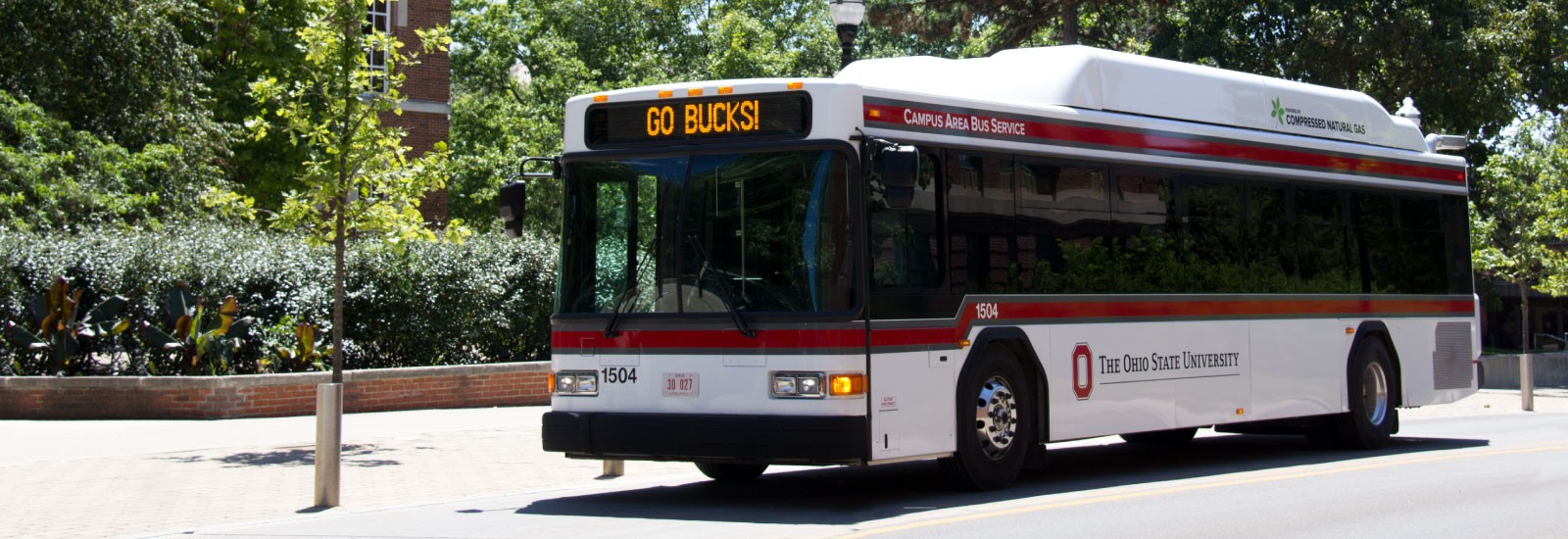Starting in March, life during COVID-19 came to a standstill. There were no dinners with friends and family, no movie theater visits, no concerts and no sporting events. Except for essential workers, few physically commuted to work. Streets were empty, gyms were closed and everyone was stuck inside.
Yet for Harvey Miller, the Bob and Mary Reusche Chair in Geographic Information Science in the Department of Geography, director of the Center for Urban and Regional Analysis (CURA) and Sustainability Institute faculty advisory board member, the stillness pervading Columbus presented an unprecedented moment to understand how a city moves and what happens when it stops.
“Mobility is essential to economics, to society, to humanity,” Miller said. “This decline in mobility is really unprecedented in human history, and it can tell us a lot about human dynamics, about urban dynamics. ...This is a very profound natural experiment.”
To help capture the implications of the coronavirus on transportation and mobility, Miller and geography PhD student Luyu Liu are conducting an analysis of transit demand on public transportation systems across the United States. Using data from a popular public transit app, Liu and Miller are looking at how public transit demand declined at different rates around the country. They’re also examining how far those declines went before hitting a “floor” of essential travelers — people who rely on public transportation for essential travel, often to front-line jobs.
Their preliminary results reveal that declines in transit demand depend on multiple factors. Places like California that are more car-dependent see a larger decline in transit demand than more public transit-dependent regions like the Northeast. Another significant factor is the job mix of a city and whether workers can telecommute.
In Columbus, Liu and Miller found about a 60% decrease in transit demand, meaning 40% of Central Ohio Transit Authority (COTA) users are potentially essential workers who rely on the service as a necessary form of transportation. That figure places Columbus in the middle of COVID-19 related transit demand declines across the country.
“These are people who are traveling to do essential jobs for whom public transit is essential,” Miller said. “This vividly illustrates something about public transit: It is not a business. It is a critical service for urban civilization. If we want our grocery stores stocked, if we want things cleaned, if we want our police officers policing the streets and if we want our people working in government, we need good public transit.”
Liu said analyzing the demographics of those still using public transportation can also illuminate which groups are at higher risk of contracting the coronavirus. Cities with larger African American, Hispanic or female populations are more likely to see smaller transit demand declines.
“This is the very terrifying reality we’re facing right now, that women and people of color actually end up facing more of the risk,” Liu said.
COVID-19 has illuminated a challenge facing public transportation and broader conceptions of sustainability. Urban sustainability needs density, mass transit, walking and biking, but that can run counter to managing a pandemic since people need to spread out, Miller said.
Potential options for balancing those two interests are going fare-free to prevent bus operators from having to handle riders’ money as well as limiting the number of people allowed on buses to enable proper social distancing. However, that would mean public transit systems like COTA would need to adapt to additional revenue decreases despite already tight budgets across the board.
Continue learning about the impacts of COVID-19 on public transportation.
